Tea is one of the most popular beverages all around the world. This beverage is drunk in different ways, starting with milk tea to black tea, and so on. But, recently, a new type of tea has become famous- herbal tea. Some dried herbs are present, and the tea leaves add flavors and color to the beverage. Herbal tea has proven to be extremely beneficial for health, and that’s the reason why people love to stalk various kinds of beverages for their entire day. Since you need the dried herbs to prepare the herbal tea, in this article, we will guide you on how to dry herbs for tea, the types of herbs you can use in the beverage, the health benefits of such tea, and so on.
Also read: Types of Tea: A Tea Lover’s Encyclopaedia

Table of Contents
What Is Herbal Tea?
Herbal tea is a beverage prepared with tea leaves in combination with dried herbs and spices. This combination adds fragrance and flavors to the drink. Also, depending on the herb you are using, you will quickly enjoy a specific range of health benefits. But, before you start jumping in excitement, you need to understand how to dry herbs for tea at home to have fresh beverages throughout the day.
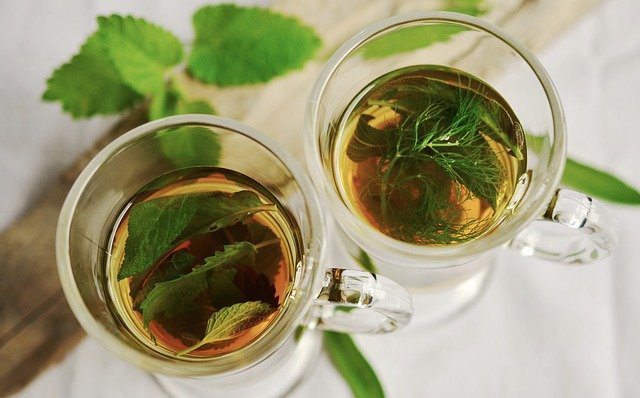
What Are The Types Of Herbs That Can Be Used In Tea?
Before we move onto the various ways of drying herbs for tea, let’s find out the popular herbal tea types that are used worldwide.
- Basil tea
- Chamomile tea
- Fennel herbal tea
- Lavender tea
- Lemon balm tea
- Mint flavored tea
- Rosemary tea
- Sage tea
- Catnip herbal tea
- Dandelion tea
Even though these herbs differ in properties, the drying process is similar but slightly different in time and temperature. Rest assured, homemade dried herbs for tea are way more beneficial and flavorful than the one you find in the market.
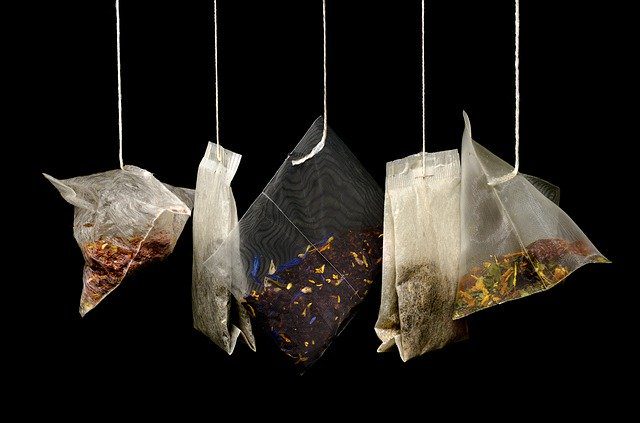
How To Dry Herbs For Tea In The Best Possible Way?
Now, fresh herbs might bring in the taste in cooking dishes. But, for tea, you need the dried version. Here, we will discuss the top five methods of how to dry herbs for tea in a general way. So, let’s start the conversation on how to dehydrate herbs!
- Air drying method:
The first method for drying leaves for tea is the air-drying method. Here, the warm air is used to dehydrate the herb’s entire moisture content over a few weeks. Since it’s a natural process, you can only dry those herbs with less moisture content, like dill, rosemary, oregano, and so on. Here are the steps you need to follow for drying the plant most quickly.
- Collect the fresh herbs either from the market or from your indoor garden. Wash the herbs thoroughly in water to remove every kind of dirt and soil. Ensure you are not breaking or snapping the herb stems, as most plants are quite fragile.
- Once you have washed the dirt away, press the herbal stems in between the kitchen towel and dry off the excess water. Please do not leave the herb out in the open with water all over it since that might trigger fungi’ growth or the rotting process.
- After drying, chop the herbs roughly since, in the end, the leaves and stems are going to wither. Once done, spread them on a tray evenly. If the herbs have larger leaves, make sure to maintain an ample of space in between. But, since you will be chopping them, you can spread them out as you want. However, remember one thing- don’t overcrowd them at a single spot.
- Cover the herbs with a kitchen towel. This will keep the bugs and the insect away from the entire content. Leave the tray in a dry place and away from the direct sun rays. Make sure that the place has warm air, and not a humid one. If there is too much moisture in the atmosphere, the herbs will rot.
- Leave the arrangement for one to two weeks. After this time, check the condition of the herbs. The leaves should become brittle and crisp. If not, leave the tray as it is for another three to five days for the completion of the drying process. You need to follow the steps properly for learning about how to dry herbs for tea with air.

- Sun-dried herbs:
Another way that is quite natural and doesn’t need any equipment is drying herbs in the sun.
- Once you have collected the herbs, wash them whether with cold water or the normal one. You need to wash off all the dirt and other bugs from the plant stocks if present. Mostly, garden-grown herbs have soil particles while the herbs bought from the market have bugs in it.
- After washing them properly, use a kitchen towel and place the stalks in between the fold. Lightly press the folds from both sides with your palm. Allow the towel to soak the water. Do not rub the herbs since the friction force will damage the leaves, thereby rendering the plant useless for drying.
- To learn how to dry herbs for tea under the sun, you need a place where you will hang the stalks. Once you have chosen such a place, group the stalks and then tie one end of the stem where there are no leaves and buds.
- Put these groups into individual paper bags or plastic bags. Tie the end of the bag and then hang it from the rope or cable tie. Make sure the arrangement is upside down since the leaves need to be free for the drying process. Leave the arrangement as it is for a couple of weeks in direct sunlight.
- After the destined time, open the bags and check whether the stalks have dried up completely or not. If a sliver amount of moisture is present in it, you will have to redo the same process again and leave the bags for a couple of days, depending on the moisture content.

- Drying herbs in a microwave oven:
If you want a quick-drying, then you need the microwave oven for the process. Even though the appliance reduces the time required for dehydration, one biggest disadvantage is that you won’t be able to dry the herbs in bulk.
- Wash the herbs thoroughly without a miss. Clean the leaves and the stems properly so that no speck of soil or dirt is left behind. This can contaminate the dried herb and make it harmful for your body.
- Once you have washed them off, use a kitchen towel, and keep the herb between the folds. Press the sides with your palm gently without rubbing off the towel. The pressure will soak the herb’s excess water, thereby allowing you to chop the leaves and the stems for the microwave.
- You have to make fine slices so that the drying can be quick. In the meantime, find a suitable dish which can be inserted into the oven without any difficulty. Spread a paper cloth on the plate and then out the herbs on it. Use your hand to smoothen out the layer of the herb leaves. Do not overcrowd a spot since that might reduce the rate of drying.
- To learn how to dry herbs for tea, you need to know your microwave oven setting. Since most of the herbs are delicate in nature, you need the lowest setting of temperature. Once done, turn the timer to sixty seconds and then close the door.
- After the timer goes off, take the tray out and check whether all the herbs have dried properly or not. If not, separate the still moist ones, transfer to another pan covered with the paper towel, and then reinsert it into the microwave for another thirty seconds.
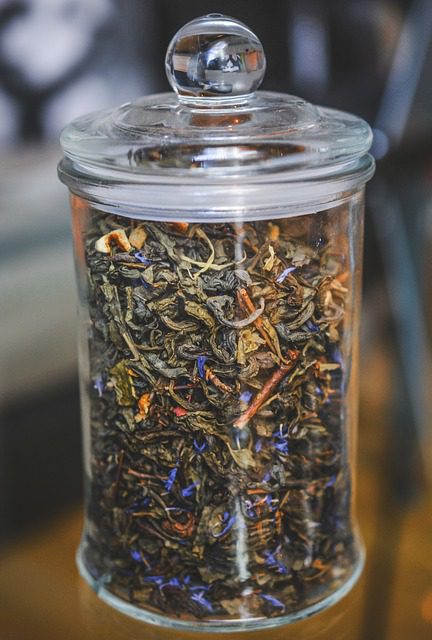
- Drying herbs in Dehydrator:
If you want to dry herbs in a dehydrator, you have to follow the steps properly that we will discuss here. But before that, for those who don’t know what a dehydrator is, here is a brief explanation. Like you use the oven for baking things or cooking the dishes, a dehydrator is used to dry the elements, starting from simple herbs to meat and even fruits. It comes with three to six trays, which allow you to dry the herb in bulk.
- Wash the herbs properly, and make sure all the dirt and soil are properly being washed off. Do not leave a single molecule behind since that will contaminate the entire content. You can dry the leaves using a paper towel or use them as it is.
- Once done, roughly chop them out using a sharp knife. Make smooth cuts without wasting the leaves. Detangle the clutters and make sure that the leaves aren’t sticking to one another too much.
- Place a paper towel on the kitchen tray and fix it in place. After this, place the chopped herbs on the paper and spread them out evenly. Form a single layer of the herb without crowding a lot in a single spot.
- Turn the temperature setting of the dehydrator to a hundred and twenty to hundred and fifty degrees Fahrenheit, and set the time to six to eight hours. You will have to learn the use of the appliance for understanding how to dry herbs for tea.
- Place the trays inside and wait for the stipulated time. Make sure to check the herbs and the extent of drying the moment you will take the trays out. In between the time limit, you might have to alter the trays so that every one of them can have uniform heating.
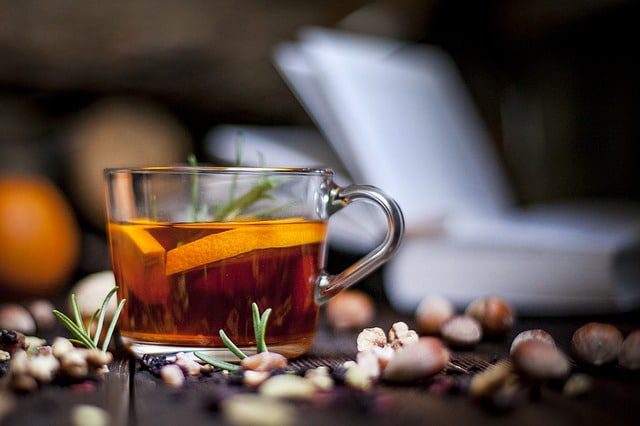
- Oven-dried herbs:
The last step about how to dry herbs for tea is by using an oven. Here are the steps which will help you to do the drying process efficiently.
- After washing the herbs, finely chop them off using a sharp knife. For larger herbs like basil and rosemary, make finer slices to speed up the drying process.
- Take the oven tray and place a kitchen towel over it. Use your fingers to fix the edges so that the towel doesn’t come out. Spread the cut herbs evenly on the towel without making piles at a single point.
- Turn the oven temperature to a hundred and thirty-five to a hundred and sixty-five degrees Fahrenheit. Set the timer for six hours and then insert the tray into the oven.
- Leave the arrangement for the set time and wait for the timer to go off. When you are drying herbs in the oven, make sure not to use too many herbs at a time. You can dry them in batches if you want.
- Once the alarm will go off, take out the tray and check whether all the herbs have dried off or not. If not, reinsert the tray inside the oven and leave it for another half hour.
What Are The Health Benefits Of The Herbal Tea?
After you have dried herbs for tea, you need to learn how you can actually prepare the tea. Here is a small guide which will help you to make your favorite beverage of the day:
- Boil water in a pan and let the bubbles form.
- Once done, put the tea leaves and allow the color of the water to change.
- Once the color changes slightly to light brown, add the dried herbs to the pan.
- Boil it for another minute till the herbal scent hits your nostrils.
- Remove the tea from heat and strain it properly.
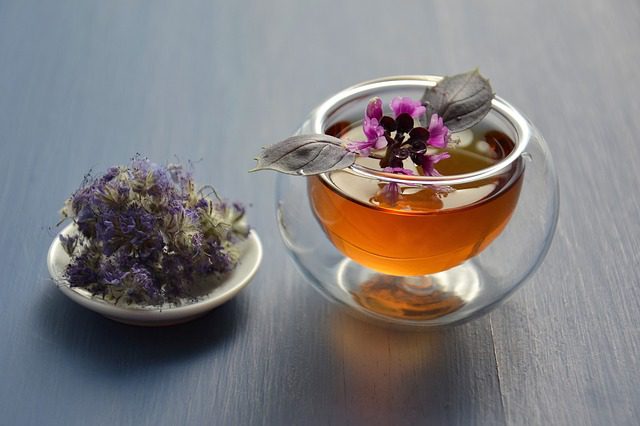
Conclusion
Making herbal tea might be a fun activity, but to do that successfully, you need to learn about how to dry herbs for tea. We have discussed five different steps here. You can implement any one of them which seems to be the most convenient for you. Rest assured, you will enjoy the herbal drink very much with our homemade dried herb recipes.
FAQs
Should you over dry herbs?
This can lead to a loss of flavor and color. So, you need to keep a check while doing so. Store them in smaller containers rather than the bigger ones. This is because the herbs lose a little aroma, each time you open the containers.
Where to hang the herbs for drying?
Hang the herbs upside down, where it is warm and dry. The place should not have any sunlight. For example, you can hang the herbs in an empty closet. Alternately, you can bring in use the paper bags and place them in an upside-down position. Ensure the paper bag has holes for ventilation.
Do dry herbs have any expiry?
You can keep the dried herbs for one or two years. But when it comes to ground spices and leaves, these last for one year.
Are dried herbs stronger than the fresh herbs?
Yes, dried herbs are considered more potent than fresh herbs. Moreover, you use dried herbs in lesser quantities than the fresh herbs as these are stronger than the fresh herbs. To have an idea, 1 tbsp of fresh herbs equals 1tsp of dried herbs.


